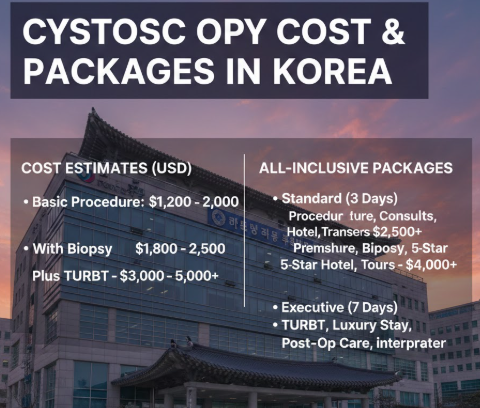For individuals seeking vision correction but who may not be ideal candidates for LASIK, LASEK (Laser-Assisted Sub-Epithelial Keratectomy) offers a reliable alternative. This advanced laser eye surgery combines the benefits of surface ablation with precision technology to correct refractive errors like myopia, hyperopia, and astigmatism.
Korea, renowned for its cutting-edge medical technology and expert ophthalmologists, is a premier destination for LASEK surgery — delivering excellent outcomes with safety and comfort.
What Is LASEK Eye Surgery?
LASEK is a type of surface laser vision correction that reshapes the cornea without creating a corneal flap, unlike LASIK. Instead, the thin outer epithelial layer of the cornea is gently loosened with a diluted alcohol solution and moved aside. The underlying corneal tissue is then reshaped with an excimer laser. After laser treatment, the epithelial flap is repositioned to aid healing.
How Does LASEK Differ from LASIK and PRK?
| Feature | LASEK | LASIK | PRK |
|---|---|---|---|
| Corneal Flap | Epithelial flap (thin surface layer) | Thicker corneal flap | No flap, epithelial cells removed |
| Healing Time | Longer than LASIK, shorter than PRK | Fastest healing | Slowest healing |
| Suitability | Thin corneas, dry eyes, or risk of trauma | Most candidates with adequate corneas | Thin corneas, not suitable for LASIK |
| Discomfort Level | Mild to moderate | Minimal | Moderate to high |
| Risk of Flap Complications | None | Possible flap complications | None |
Who Is a Good Candidate for LASEK?
- Patients with thin corneas unsuitable for LASIK
- Those with dry eyes or other corneal surface issues
- Individuals engaged in contact sports or jobs with eye injury risk
- Patients preferring a flapless procedure
- Adults with stable refractive errors
The LASEK Procedure Step-by-Step
- Preoperative Examination:
Extensive eye assessment including corneal thickness, topography, and refractive error. - Anesthesia:
Numbing eye drops applied to ensure a painless procedure. - Epithelial Flap Creation:
A diluted alcohol solution loosens the corneal epithelial layer, which is gently moved aside. - Laser Reshaping:
An excimer laser reshapes the underlying corneal tissue to correct vision. - Flap Repositioning:
The epithelial flap is carefully repositioned over the cornea. - Protective Contact Lens:
A bandage contact lens is placed to promote healing and reduce discomfort.
Recovery and Aftercare
- Healing Time: Vision gradually improves over 3 to 7 days, with full stabilization in a few weeks.
- Discomfort: Mild to moderate irritation, tearing, and light sensitivity are common for several days.
- Care Instructions: Use prescribed eye drops, avoid rubbing eyes, and wear sunglasses outdoors.
- Follow-ups: Regular check-ups to monitor healing progress.
Benefits of Choosing LASEK
- Suitable for patients with thin corneas or other contraindications to LASIK
- No risk of flap-related complications
- Maintains corneal structural integrity
- Effective correction of myopia, hyperopia, and astigmatism
- Durable and predictable results
Why Get LASEK Surgery in Korea?
Advanced Technology
Korean clinics use the latest excimer lasers and microsurgical instruments to ensure precision.
Experienced Surgeons
Ophthalmologists with extensive training in various laser eye surgeries provide personalized care.
Comprehensive Patient Support
From pre-op consultation to post-op care, Korean clinics offer detailed guidance and multilingual support for international patients.
Affordable Quality
High-standard treatment at competitive pricing makes Korea a popular medical tourism destination.
Leading Korean Clinics for LASEK Surgery
👁️ SNU Eye Clinic
Specializes in customized vision correction procedures including LASEK for diverse patient needs.
👁️ Banobagi Eye Center
Offers comprehensive refractive surgery options with focus on patient safety and satisfaction.
👁️ ID Eye Hospital
Provides cutting-edge laser technology combined with expert surgical teams.
Final Thoughts
LASEK Eye Surgery is an excellent choice for patients seeking effective vision correction without the creation of a corneal flap. Korea’s top-tier medical expertise, advanced technology, and patient-centered care make it an ideal destination to undergo LASEK safely and comfortably.




